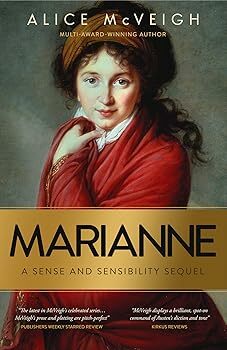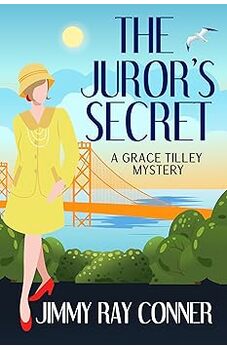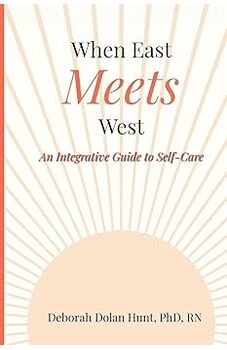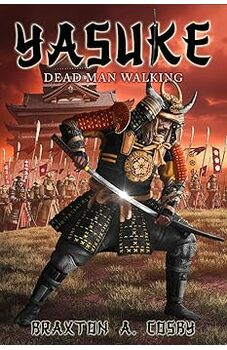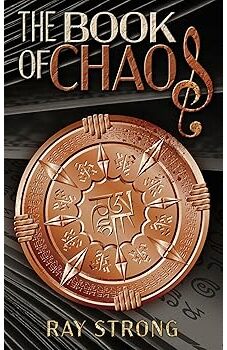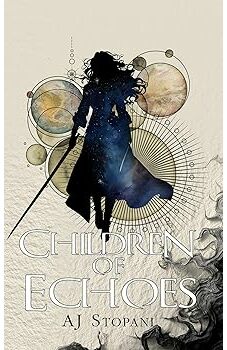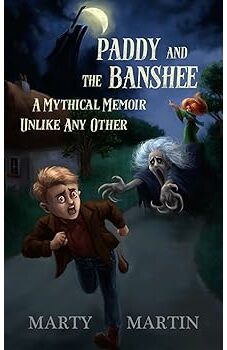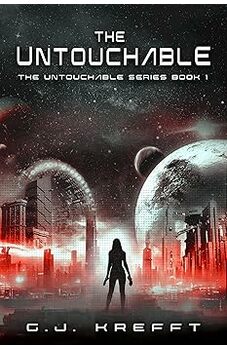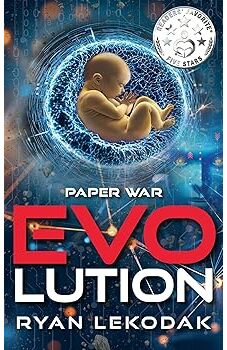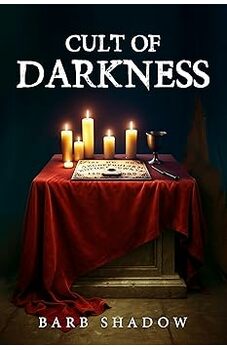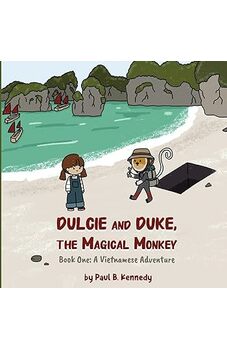C. Arthur Ellis, Jr. grew up in Live Oak, Florida, where the Suwannee River flowed with stories as old as the land itself. His heritage traces back to a young physician who, in the late 1700s, boarded a Spanish galleon to escape religious intolerance in Ireland during the Rebellion and seek freedom across the Atlantic.
Dr. Ellis earned master’s degrees in medical physiology and literature, then completed a doctorate in the humanities with a concentration in the history of medicine. He built a career in laboratory medicine and education before turning to writing in retirement.
His Zora Hurston and the Strange Case of Ruby McCollum, along with appearances on A Crime to Remember (Discovery Channel) and Curtain of Secrecy (a true-crime documentary short), renewed attention to a forgotten trial that exposed issues of race, gender, and power in the Jim Crow South.
His current novel, In the Belly of the Anaconda, contrasts the romanticized myth of Scarlett in Gone with the Wind with the story of Rachel, a New Orleans native who sheds her privileged illusions to confront the cruelty of slavery and dedicate her life to social change.
Dr. Ellis lives in the beautiful North Georgia mountains with his forensic psychologist wife of fifty-seven years, Dr. Leslie Ellis, their family, a black bear, a mountain lion, and a lively pack of rescue dogs.

